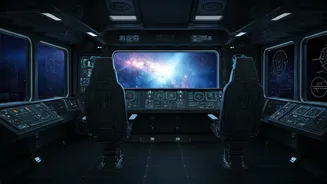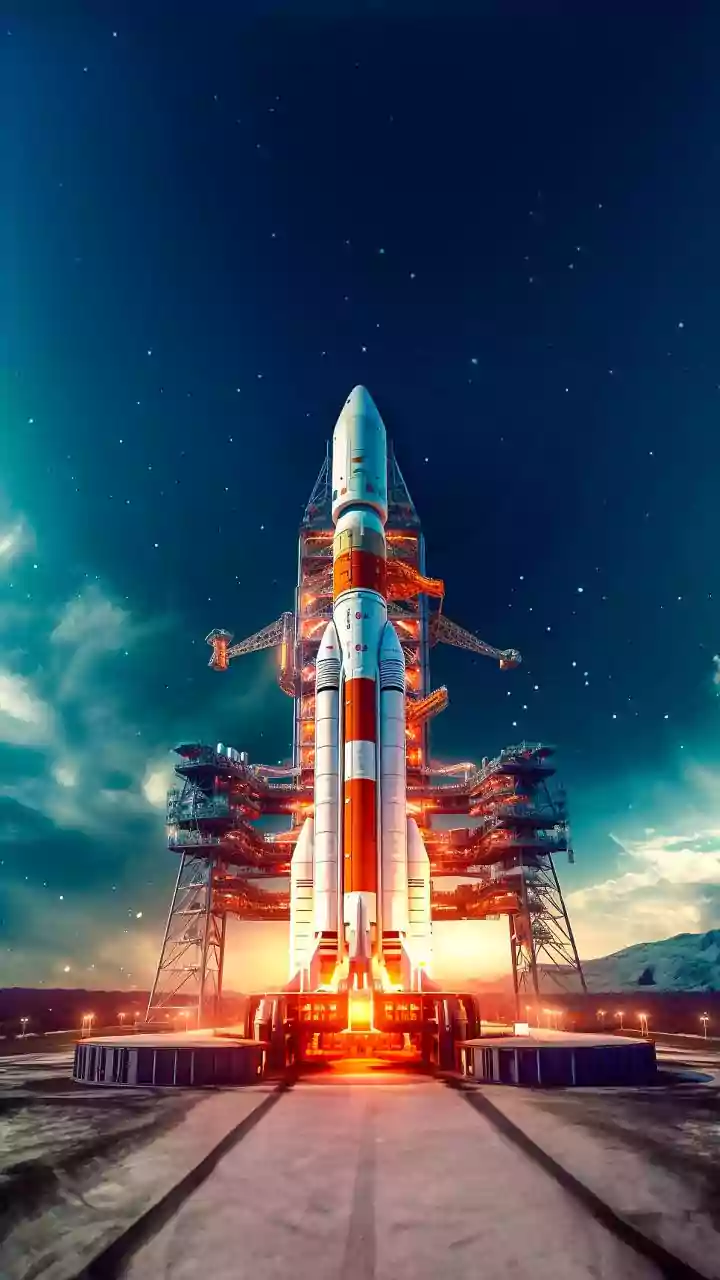Gaganyaan's Vision Unveiled
Shubhanshu Shukla's interaction with the NID students provided a detailed overview of the Gaganyaan mission's objectives and the hurdles in its path. The
Gaganyaan initiative, India's first human spaceflight program, aims to send Indian astronauts into space. This ambitious goal involves complex engineering feats, ensuring astronaut safety, and developing innovative technologies. Shukla highlighted the critical importance of a successful mission to inspire the next generation of scientists and engineers, fostering a culture of innovation and national pride. The mission encompasses several key milestones, including the development of a crew module, a service module, and a launch vehicle. It also demands extensive testing, simulations, and collaborations across various scientific and technological fields to guarantee its triumph. The discussion centered on the significance of interdisciplinary approaches, uniting engineering, design, and human factors to attain the mission's goals.
Design's Impact on Space
The interaction between Shukla and the NID students highlighted the crucial role that design plays within the Gaganyaan project. The students, experts in their fields, were engaged in conversations that emphasized how thoughtful design enhances astronaut comfort, safety, and operational efficiency within the spacecraft. Shukla emphasized that design goes beyond aesthetics, it's about optimizing functionality, usability, and the overall human experience in a demanding environment. Discussions revolved around creating intuitive interfaces, ergonomic seating arrangements, and reliable life-support systems. The students presented unique ideas. These included concepts for adaptable living spaces, innovative communication systems, and advanced waste management solutions. The dialogue also covered integrating Indian cultural elements into the spacecraft's design, making the mission relatable and inspiring to the nation. This exchange underscores how design thinking helps to shape the future of space exploration.
Student Perspectives, Future
The NID students brought forth their innovative concepts and visions, providing Shukla with fresh perspectives on spacecraft design. Their presentations showcased a range of futuristic ideas, from advanced crew interfaces to enhanced safety features. The students discussed incorporating new materials to maximize functionality. They also proposed solutions to the complex challenges of space travel. The meeting acted as a platform for the students to demonstrate their research and creative ideas, while also gaining valuable insights from Shukla's experience. Shukla encouraged the students to think creatively and embrace the challenges in their design thinking. This exchange of ideas helped to inspire and motivate the students, while also providing a sense of community to the mission's scope. Overall, it was a platform to spark creativity and enthusiasm, highlighting the collaborative power of innovation.
Collaboration, Innovation, Growth
The entire interaction highlighted the significance of collaboration between different disciplines and institutions in the pursuit of space exploration. Shukla underscored the value of combining the scientific knowledge of ISRO with the design expertise of NID students. This collaboration demonstrated the power of collective knowledge in accelerating innovation and achieving challenging goals. The interaction served as a platform for open discussion, knowledge sharing, and mutual learning. It allowed for a cross-pollination of ideas and fostered a sense of shared purpose. Furthermore, it encouraged the students to think outside of the box and push the limits of creativity. This collaboration is a model for future space programs. This approach has the potential to boost India's position in the global space race.
Gaganyaan's Path Ahead
Looking forward, the Gaganyaan mission is set to make further progress, with many critical milestones. Shukla's interaction with the NID students provided a moment of encouragement, highlighting the vital role of future experts in shaping the project's trajectory. The mission's success depends on the integration of cutting-edge technology, comprehensive testing, and intense collaboration across fields. Future activities include rigorous testing of crew modules and life support systems. The Gaganyaan project is an inspiration for the nation. This mission will pave the way for future human spaceflight endeavors. These missions also represent a significant step in enhancing India's space capabilities, inspiring a new generation of scientists, engineers, and designers.










